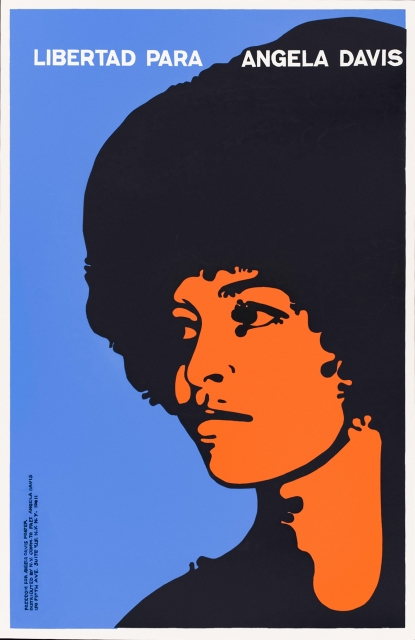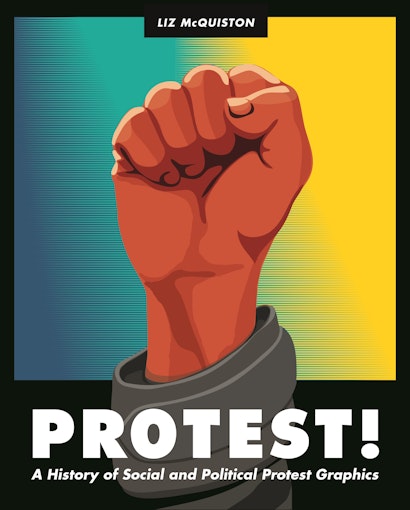Throughout history, artists and citizens have turned to protest art as a means of demonstrating social and political discontent. From the earliest broadsheets in the 1500s to engravings, photolithographs, prints, posters, murals, graffiti, and political cartoons, these endlessly inventive graphic forms have symbolized and spurred on power struggles, rebellions, spirited causes, and calls to arms. Spanning continents and centuries, Protest! presents a major new chronological look at protest graphics.
Votes for Women: The WSPU
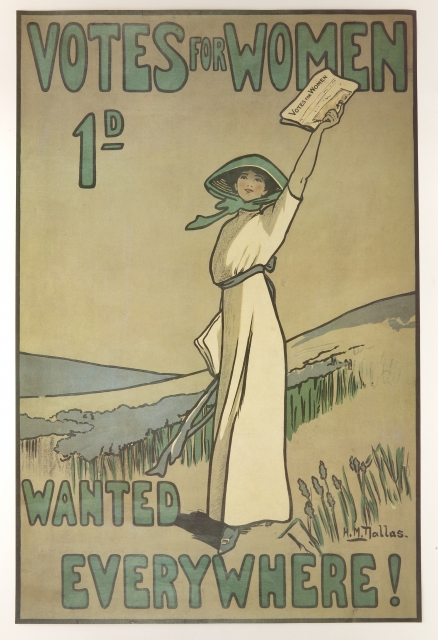
This poster advertises Votes for Women, the official newspaper of the WSPU from 1907 to 1912. The woman depicted is wearing ‘the suffragette look’. The paper originated as a monthly but quickly grew to weekly status. In 1912, during the last and most violent stage of militancy, the new and more militant newspaper The Suffragette, edited by Christabel Pankhurst, became the main organ of the WSPU (although Votes for Women continued to be published).
‘Ban the Bomb’ and CND
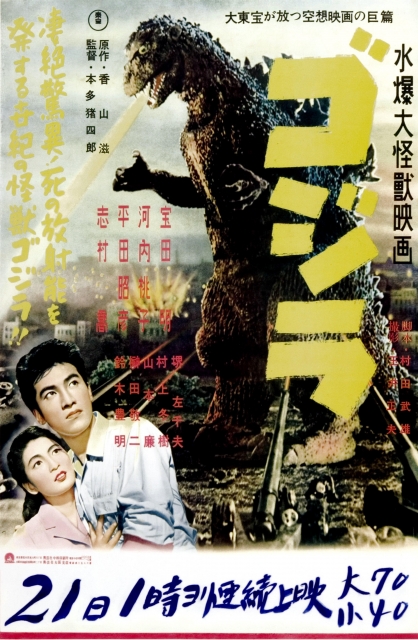
The US testing and explosion of the first hydrogen bomb at Bikini Atoll in the Pacific in 1954 was witnessed by the Japanese fishing boat Daigo Fukuryu Maru or Lucky Dragon. Although outside of the US exclusion zone, the 23-man crew was covered with lethal fallout. All were treated for radiation burns, and at least 239 Marshall Islanders (100-300 miles from Bikini) were exposed to radiation, along with 855 other boats. The Lucky Dragon incident accelerated the fast-developing Japanese peace movement, and also inspired the anti-nuclear film Gojira (Godzilla) directed by Ishiro Honda. Having visited Hiroshima after the war, Honda was haunted by images of horror and devastation, and so gave Gojira a documentary-like directness. It opened with an incident similar to that of the Lucky Dragon, where a fishing boat was confronted with a nuclear blast, which then awakened a long-dormant dinosaur-like monster. Honda made Godzilla (the monster) a representation of the destructive power of the atomic bomb.
Black Lives Matter
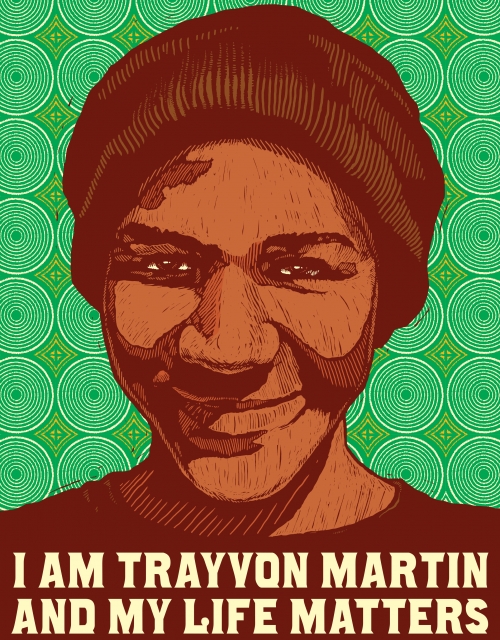
People took to the streets to protest when a black, unarmed 17-year-old named Trayvon Martin was shot and killed by neighbourhood watchman George Zimmerman in Sanford, Florida in February 2012. Zimmerman was arrested, charged and upon facing a jury, received a verdict of ‘not guilty’. This incident and many others sparked the founding in 2013 of the solidarity network #BlackLivesMatter by three radical black organizers, Alicia Garza, Patrisse Cullors and Opal Tometi. It was intended as an affirmation of humanity while also providing a badly needed focus on how black lives were unjustly targeted and terminated. Gathering strength from its activities both online and off (attending protests), it has now become the Black Lives Matter Global Network, a movement with a website carrying actions taking place internationally while sounding a clear call for involvement and activism: Take Action, Fight for Black Lives.
Lesbian and Gay Activism
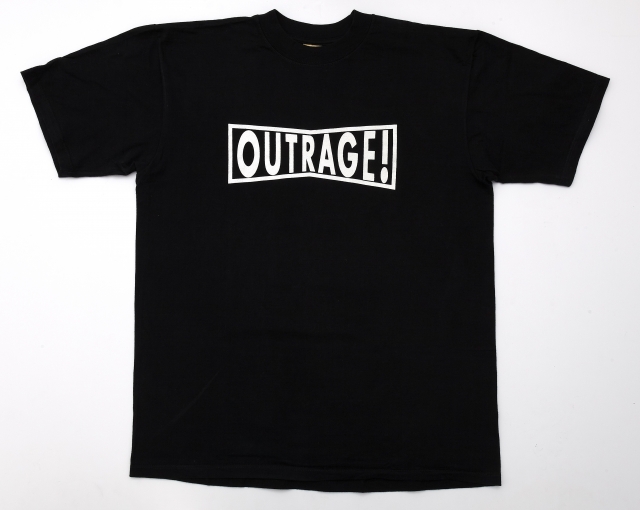
This t-shirt hails from Outrage!, the radical queer rights direct action group, which operated from 1990-2011. It used a highly irreverent style of non-violent civil disobedience (‘protest as performance’) including famous stunts such as Kiss-in, Queer Wedding, Exorcism of Homophobia and others.
The War on Terror
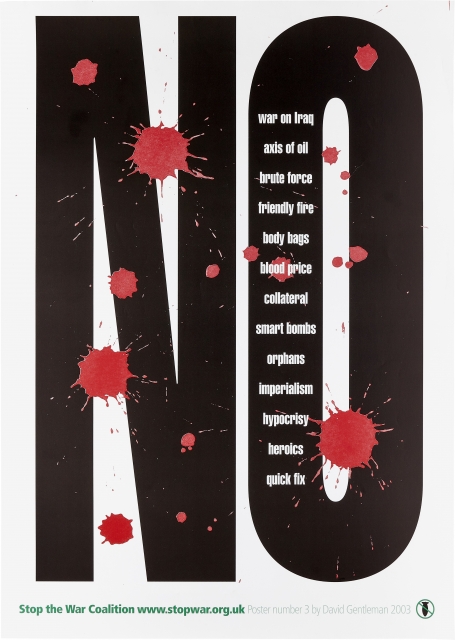
The Stop the War Coalition was established on 21 September 2001, in the wake of 9/11 and the start of the ‘War on Terror’. Over the following ten years, it managed and sustained the massive British public anti-war movement, organising over 40 national demonstrations including London’s historic ‘Don’t Attack Iraq’ demonstration of 15 February, 2003. Of all the work contributed by artists supporting its cause over the years, David Gentleman’s visual motif of words hit by ‘splashes of blood’ has been the most relentless and unsettling. Those splashes were present on many ‘NO’ posters carried in the demo of 2003 and have continued to be seen in installations and on posters up to the present day—a nasty stain that just won’t go away, and a reminder of mounting casualties.
About the author
Liz McQuiston is a graphic designer and independent scholar. She has served as the head of the Department of Graphic Art and Design at the Royal College of Art, and her many books include Visual Impact: Creative Dissent in the 21st Century, Graphic Agitation 2: Social and Political Graphics in the Digital Age, and Suffragettes to She-Devils: Women’s Liberation and Beyond.
